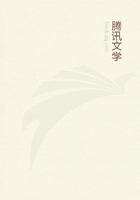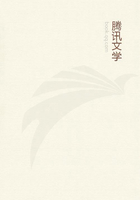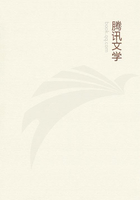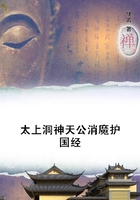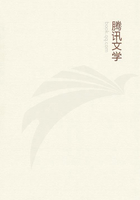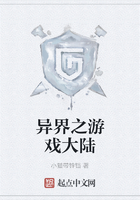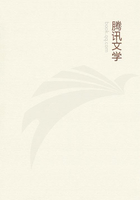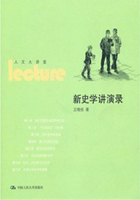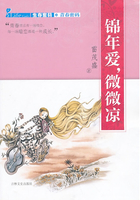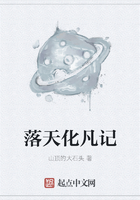But the highest triumph of wire-laying came when New York swept into the Skyscraper Age, and when hundreds of tall buildings, as high as the fall of the waters of Niagara, grew up like a range of magical cliffs upon the precious rock of Manhattan. Here the work of the telephone engineer has been so well done that although every room in these cliff-buildings has its telephone, there is not a pole in sight, not a cross-arm, not a wire. Nothing but the tip-ends of an immense system are visible. No sooner is a new skyscraper walled and roofed, than the telephones are in place, at once putting the tenants in touch with the rest of the city and the greater part of the United States. In a single one of these monstrous buildings, the Hudson Terminal, there is a cable that runs from basement to roof and ravels out to reach three thousand desks. This mighty geyser of wires is fifty tons in weight and would, if straightened out into a single line, connect New York with Chicago. Yet it is as invisible as the nerves and muscles of a human body.
During this evolution of the cable, even the wire itself was being remade. Vail and others had noticed that of all the varieties of wire that were for sale, not one was exactly suitable for a telephone system. The first telephone wire was of galvanized iron, which had at least the primitive virtue of being cheap. Then came steel wire, stronger but less durable. But these wires were noisy and not good conductors of electricity. An ideal telephone wire, they found, must be made of either silver or copper. Silver was out of the question, and copper wire was too soft and weak. It would not carry its own weight.
The problem, therefore, was either to make steel wire a better conductor, or to produce a copper wire that would be strong enough. Vail chose the latter, and forthwith gave orders to a Bridgeport manufacturer to begin experiments.
A young expert named Thomas B. Doolittle was at once set to work, and presently appeared the first hard-drawn copper wire, made tough-skinned by a fairly simple process. Vail bought thirty pounds of it and scattered it in various parts of the United States, to note the effect upon it of different climates. One length of it may still be seen at the Vail homestead in Lyndonville, Vermont. Then this hard-drawn wire was put to a severe test by being strung between Boston and New York. This line was a brilliant success, and the new wire was hailed with great delight as the ideal servant of the telephone.
Since then there has been little trouble with copper wire, except its price. It was four times as good as iron wire, and four times as expensive.
Every mile of it, doubled, weighed two hundred pounds and cost thirty dollars. On the long lines, where it had to be as thick as a lead pencil, the expense seemed to be ruinously great.
When the first pair of wires was strung between New York and Chicago, for instance, it was found to weigh 870,000 pounds--a full load for a twenty-two-car freight train; and the cost of the bare metal was $130,000. So enormous has been the use of copper wire since then by the telephone companies, that fully one-fourth of all the capital invested in the telephone has gone to the owners of the copper mines.
For several years the brains of the telephone men were focussed upon this problem--how to reduce the expenditure on copper. One uncanny device, which would seem to be a mere inventor's fantasy if it had not already saved the telephone companies four million dollars or more, is known as the "phantom circuit." It enables three messages to run at the same time, where only two ran before. A double track of wires is made to carry three talk-trains running abreast, a feat made possible by the whimsical disposition of electricity, and which is utterly inconceivable in railroading. This invention, which is the nearest approach as yet to multiple telephony, was conceived by Jacobs in England and Carty in the United States.
But the most copper money has been saved --literally tens of millions of dollars--by persuading thin wires to work as efficiently as thick ones. This has been done by making better transmitters, by insulating the smaller wires with enamel instead of silk, and by placing coils of a certain nature at intervals upon the wires.
The invention of this last device startled the telephone men like a flash of lightning out of a blue sky. It came from outside--from the quiet laboratory of a Columbia professor who had arrived in the United States as a young Hungarian immigrant not many years earlier. From this professor, Michael J. Pupin, came the idea of "loading" a telephone line, in such a way as to reinforce the electric current. It enabled a thin wire to carry as far as a thick one, and thus saved as much as forty dollars a wire per mile.
As a reward for his cleverness, a shower of gold fell upon Pupin, and made him in an instant as rich as one of the grand-dukes of his native land.
It is now a most highly skilled occupation, supporting fully fifteen thousand families, to put the telephone wires in place and protect them against innumerable dangers. This is the profession of the wire chiefs and their men, a corps of human spiders, endlessly spinning threads under streets and above green fields, on the beds of rivers and the slopes of mountains, massing them in cities and fluffing them out among farms and villages. To tell the doings of a wire chief, in the course of his ordinary week's work, would in itself make a lively book of adventures. Even a washerwoman, with one lone, non-electrical clothes-line of a hundred yards to operate, has often enough trouble with it. But the wire chiefs of the Bell telephone have charge of as much wire as would make TWO HUNDRED MILLION CLOTHES-LINES--ten apiece to every family in the United States;and these lines are not punctuated with clothespins, but with the most delicate of electrical instruments.

